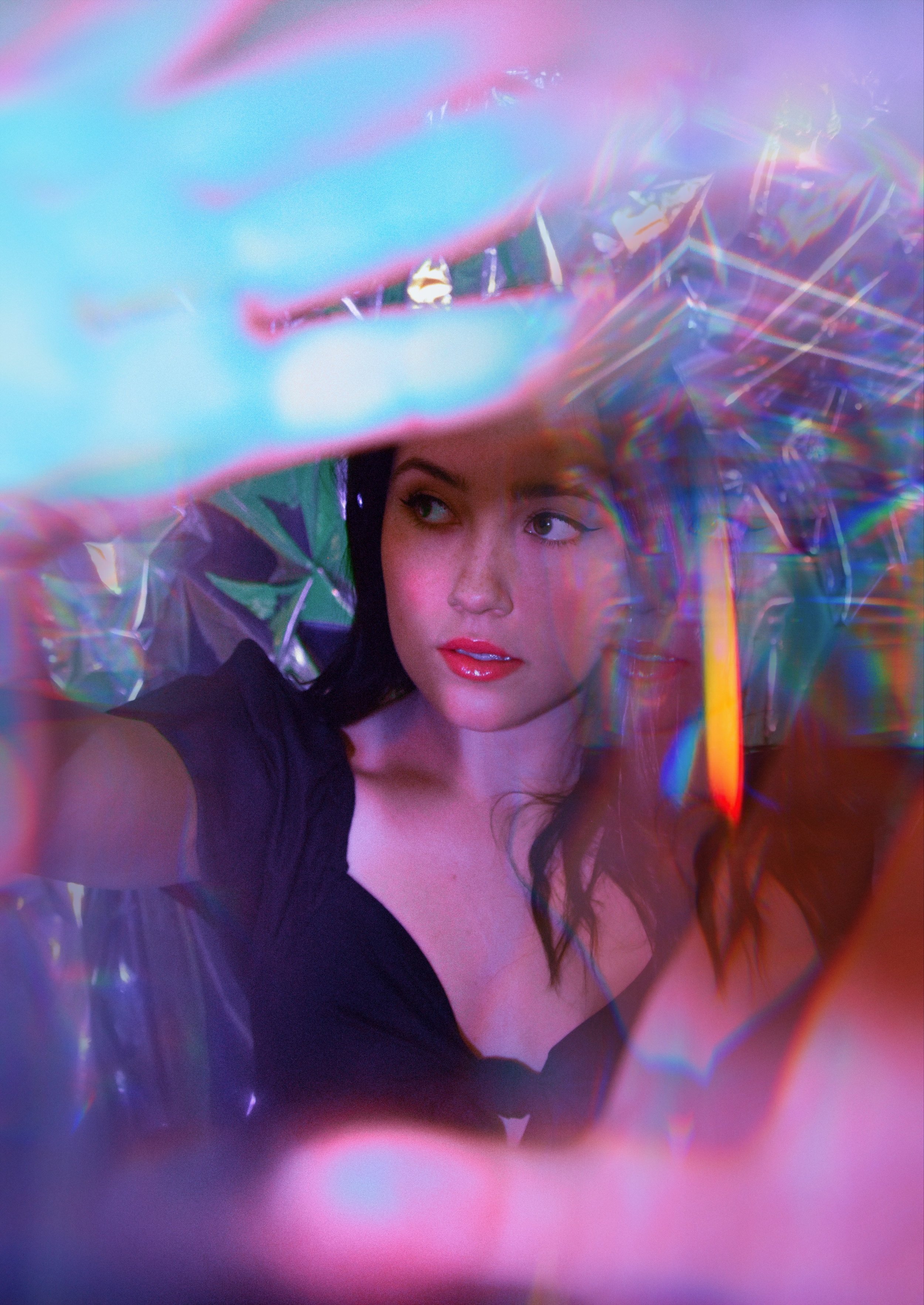Sleep Paralysis: Dream or Reality?
Sleep paralysis remains a mystery despite being studied in different cultures for centuries
Written by Elena McCosh, Contributing Writer
Photographed and Modeled by Louise Gilbertson, Contributing Photographer
Over the years and across cultures, there have been various vivid descriptions of sleep paralysis. A Dutch physician described the disorder as the devil holding someone down; in Mexico, there is a saying that describes it like a dead body that climbs on top of you; in China, it’s labeled as “ghost oppression” (American Academy of Sleep Medicine, 2009).
So, what is this obscure and seemingly evil term, and why does sleep paralysis happen?
Sleep paralysis is a common sleep disorder that occurs when the line between sleep and wakefulness is blurred, often involving vivid hallucinations and feelings of suffocation or chest pressure (Olunu, 2018). Normally, the brain paralyzes many of our muscles during rapid eye movement sleep (REM), but sleep paralysis occurs when the body remains immobile through the other sleep stages.
The first time I ever experienced sleep paralysis, a wave of emotions and thoughts entered my mind. I felt like a heavy boulder fell on my chest, and I couldn’t move my toes. Was I paralyzed? I couldn’t open my eyes or scream for help. I started to panic and wondered if I was dead. And then, just like any bad vampire movie or show, I violently woke up. Although I was simply asleep moments before, my heart was racing.
So, what really happened? Was the devil holding me down?
Sleep paralysis causes remain unknown. Some claim it’s associated with post-traumatic stress disorder (PTSD), narcolepsy and panic attacks. Others believe the cause is sleep deprivation, fatigue or stress. For some cultures, it’s even seen as a nightmare with the manifestation of evil (Olunu, 2018).
We live in such a fast-paced world, that the only time we get to sit, rest and relax seems to be when we’re sleeping. Our sympathetic nervous system––which controls flight or fight responses–– finally gets a chance to relax, and our brain can process and sort information (Queensland Health, 2018). Sleeping is a moment characterized by peacefulness, relaxation and silence, where stress and anxiety built up throughout the day disappear.
There tends to be a clear line between sleep and wakefulness in our daily lives in the same way there is a clear division between relaxation and anxiety. But in sleep paralysis, everything changes in a matter of seconds. Sleep no longer becomes characterized by peace, but instead by confusion and angst. The division between the real world and the dream world is thrown into chaos.
Centuries later, sleep paralysis remains a mystery. The disconnection with one’s own body makes sleep paralysis seem like a trance, where reality and dreams blend into one.
Sources:
Olunu, E. (2018, July 8). Sleep Paralysis, a Medical Condition with a Diverse Cultural Interpretation. National Library of Medicine.
Suni, E. (2020, October 26). What Is Hypnagogia, the State Between Wakefulness and Sleep? Healthline.
Sleep paralysis: The devil, the ghost & the old hag. (2009, July 29). American Academy of Sleep Medicine.
7 amazing things that happen to your body while you sleep. (2018, March 14). Queensland Health.
